USSF-12 WFOV (Wide Field of View) and Ring GEO Satellite Mission
EO
USSF
Quick facts
Overview
| Mission type | EO |
| Agency | USSF |
| Launch date | 01 Jul 2022 |
USSF-12 WFOV (Wide Field of View) and Ring GEO satellite mission
Spacecraft Launch Mission status References
The USSF/SSC (Space Systems Command) announces U.S. Space Force (USSF)-12 as the next mission to launch from Cape Canaveral Space Force Station. 1)
The USSF-12 mission, consisting of SSC’s Geosynchronous Earth Orbit (GEO) Wide Field of View (WFOV) Testbed and the SSC Space Test Program’s (STP) co-manifested USSF-12 Ring, will demonstrate the performance of an innovative infrared sensor, conduct a variety of experiments and prototypes from GEO, and validate the ability to host multiple missions on one structure.
The primary payload for USSF-12, SSC’s GEO WFOV Testbed, is an Overhead Persistent Infrared (OPIR) demonstration in geosynchronous orbit aimed to mature and prove the effectiveness of emerging space sensing technology in addressing emerging threats from near-peer adversaries. This testbed is a critical technology component of the Missile Warning, Tracking, and Defense (MW/MT/MD) architecture in which SSC is partnering with the Space Development Agency (SDA) and the Missile Defense Agency (MDA) to rapidly deliver an integrated system of satellites.
“Our GEO WFOV Testbed can simultaneously perform strategic missions, such as missile warning and battlespace awareness, as well as tactical missions directly supporting the warfighter, by continuously monitoring up to one-third of the Earth's surface with just a single sensor,” said Col. Heather Bogstie, senior materiel leader for Resilient Missile Warning, Tracking, and Defense in SSC’s Acquisition Delta. “WFOV is also pathfinding the process to operationalize OPIR data and obtain Integrated Tactical Warning/Attack Assessment (ITW/AA) certification for upcoming Resilient MW/MT/MD missions.”
The USSF-12 Ring, the rideshare spacecraft on the mission, is a ring-based payload structure capable of hosting multiple auxiliary payloads.
“The STP’s USSF-12 Ring offers the USSF another opportunity to experiment and demonstrate the power, flexibility and capability offered through a modular systems architecture with standard interfaces using a Northrop Grumman ESPA Star bus,” said Col. Joseph Roth, senior material leader in SSC’s Innovation and Prototyping Acquisition Delta. “The USSF-12 mission is also helping us to push the limits of what is possible while maturing our processes and mechanisms to allow our STP team to host and fly multiple space vehicles and payloads.”
Space Systems Command, headquartered at Los Angeles Air Force Base in El Segundo, California, is the U.S. Space Force field command responsible for rapidly developing, acquiring, equipping space capabilities. SSC mission capability areas include launch acquisition and operations, communications and positioning, navigation and timing (PNT), space sensing, battle management command, control and communications (BMC3), and space domain awareness & combat power.
Missile detection and early warning satellites play a vital role in the defense of the United States and its allies. These sentinels keep a constant watch over the planet with powerful infrared sensors attuned to detect the exhaust plumes of missiles. Their first duty is to detect that a launch has taken place, before tracking the missile to help characterize its course and identify the type of missile that has been fired.
Spacecraft
SSC's GEO WFOV space vehicle was designed built and integrated by Millennium Space Systems, a Boeing Company, and will inform the future Overhead Persistent Infrared (OPIR) architecture. The spacecraft is based on the Aquila M8 platform, and has a mass of around 3,000 kg. It carries a 200 kg infrared imaging system, the Wide Area Six-Degree Payload (WASP), built by L3Harris Technologies. 2)
"With Wide Field of View, we're advancing the technology we need to meet the growing threat environment," said Col Heather Bogstie, Senior Materiel Leader for SSC's Resilient Missile Warning, Tracking, and Defense Acquisition Delta. "GEO WFOV will also let us qualify a new satellite bus for GEO at significant cost savings."
Roughly, one-fourth the size of the Space Based Infrared System (SBIRS), WFOV is designed for a one to three year life in GEO. Its primary mission is to explore the ability for a single sensor to perform strategic and tactical missions simultaneously, by continuously monitoring up to one-third of the Earth's surface. WFOV is also pathfinding prototype operationalization and Integrated Tactical Warning/Attack Assessment (ITW/AA) certification for future missions to follow.
"We are the complete small satellite package – design, build, integration, test and mission operations," said Jason Kim, chief executive officer, Millennium Space Systems. "We were able to use our scalable flight-tested bus architecture to shorten WFOV's development cycle."
Sponsored by SSC and managed by the NASA Ames Research Center, the mid-sized GEO spacecraft will launch aboard USSF-12, a United Launch Alliance rocket. Having previously aced environmental testing, WFOV was declared ready to ship in June 2020. The spacecraft began its journey to the launch site January 31, 2022.
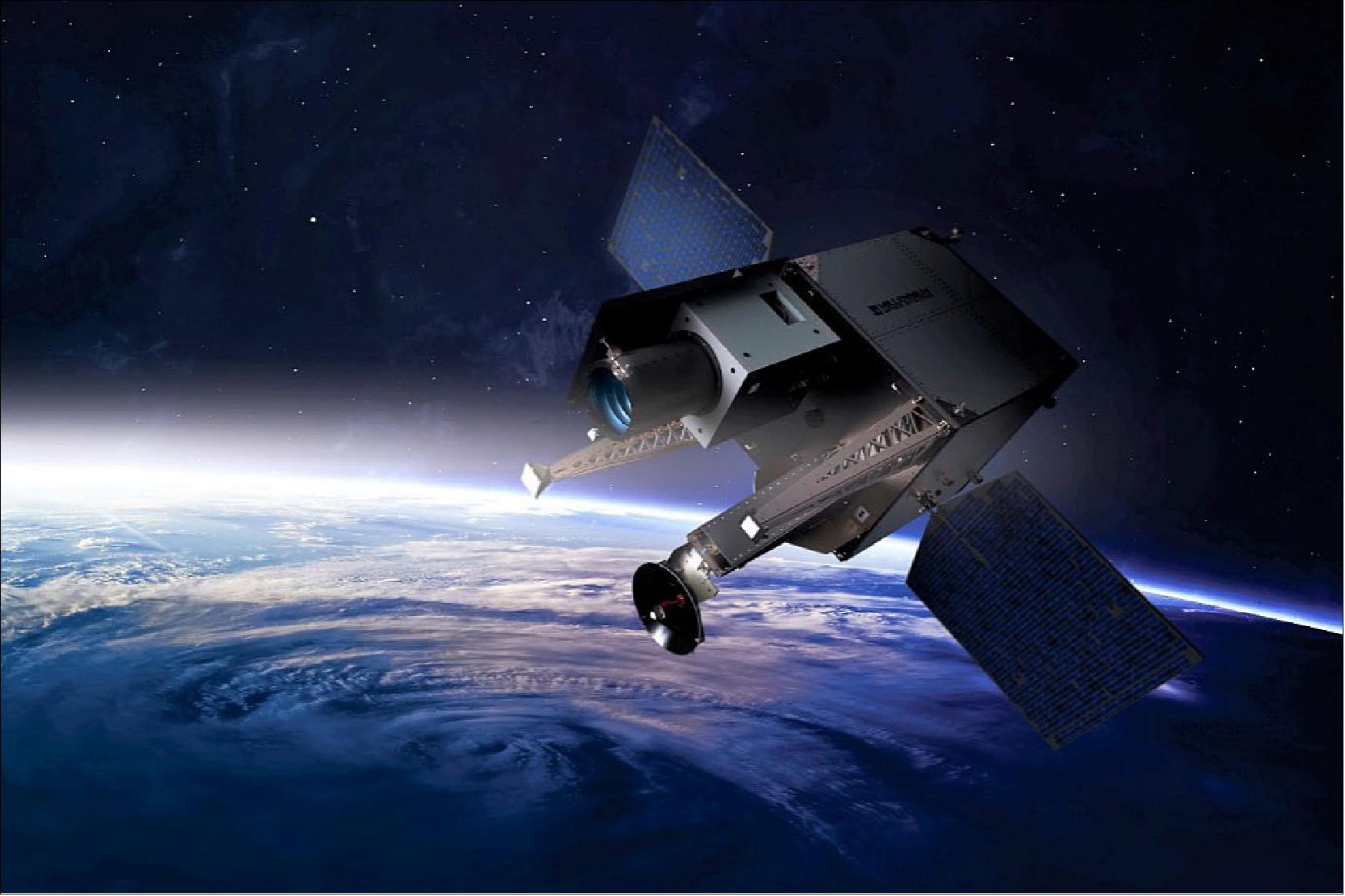
Launch
The USSF-12 mission launched on a United Launch Alliance Atlas V 541 launch vehicle from Space Launch Complex (SLC)-41 at 7:15 p.m. EDT (23:15 GMT) on 1 July 2022 from Cape Canaveral Space Force Station, Florida. 3)
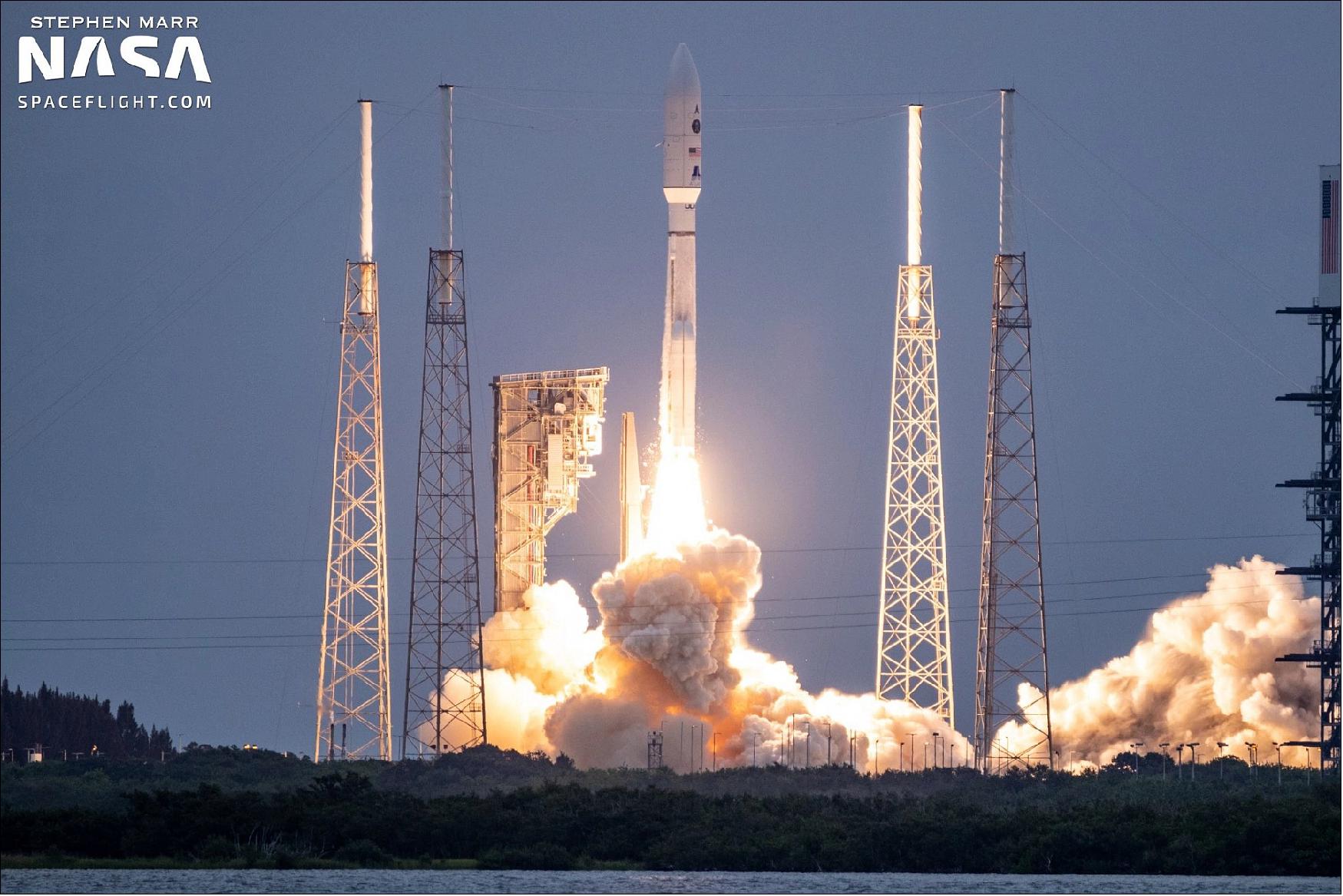
United Launch Alliance has deployed a pair of Space Force technology demonstration payloads into geostationary orbit. United States Space Force 12 (USSF-12) consists of two satellites that will help the Space Force to test and develop systems for future national security space missions. The Wide Field of View (WFOV) satellite will test an infrared sensor to be used on the next generation of missile detection satellites, while the USSF-12 Ring utilizes a free-flying propulsive EELV Secondary Payload Adapter (ESPA) to carry additional research payloads for the Space Test Program.
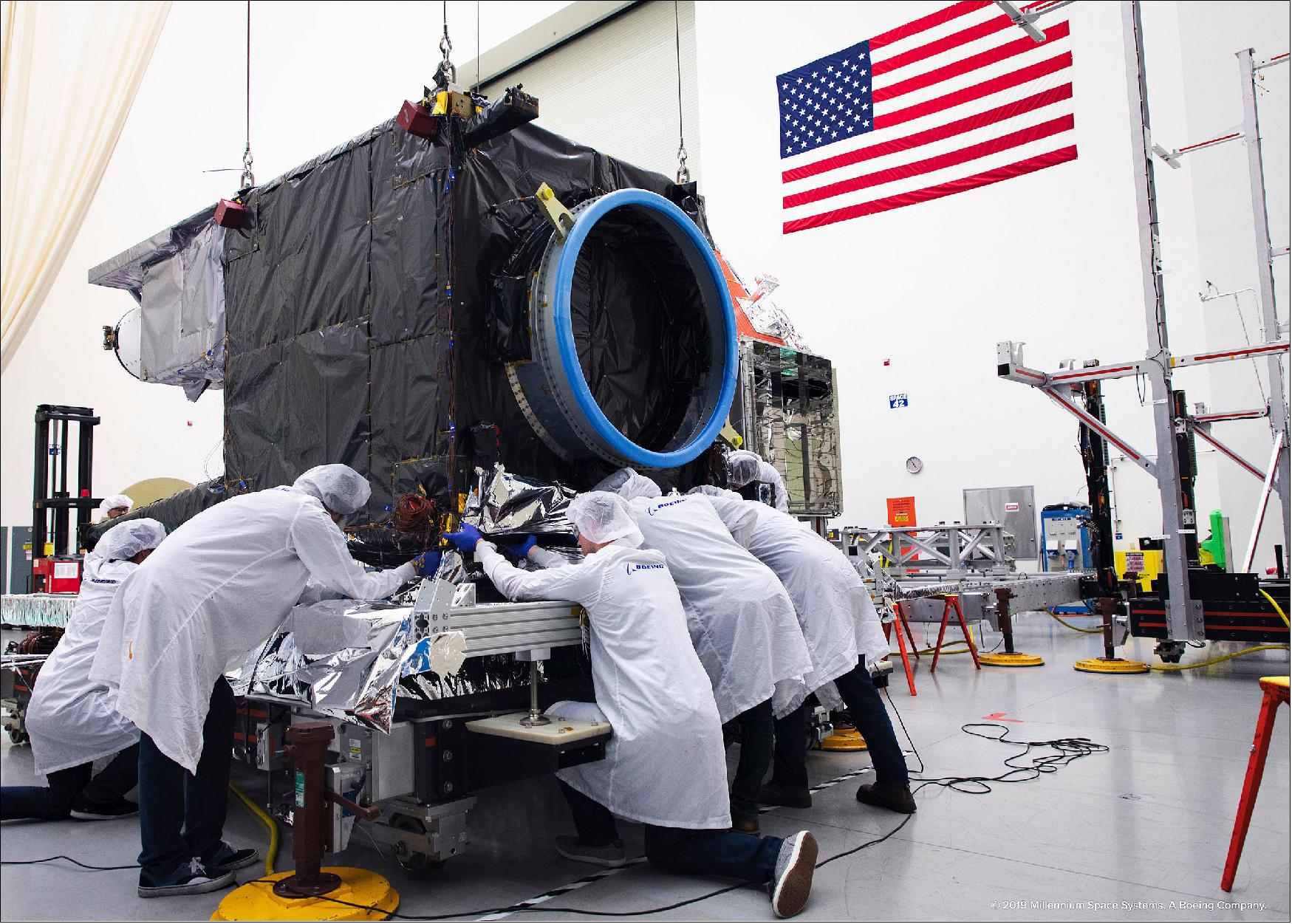
The WFOV satellite, equipped with a staring sensor, will be used to test different ways to collect and report missile launch data. The Space Force said the research will inform the design of future missile-warning satellites. WFOV will be able to continuously monitor up to one-third of the Earth’s surface.
The WFOV mission is an important stepping stone for NG-OPIR, as it will provide on-orbit testing of sensor systems to help mitigate the risks of new technology and operational techniques being developed for the NG-OPIR project. The primary goal of WFOV is to demonstrate that its sensor can simultaneously perform a strategic mission – watching for missile launches across its field of view – while also focusing on narrower targets of tactical significance. In doing so it will demonstrate techniques and algorithms that will be vital to the success of the future NG-OPIR missions.
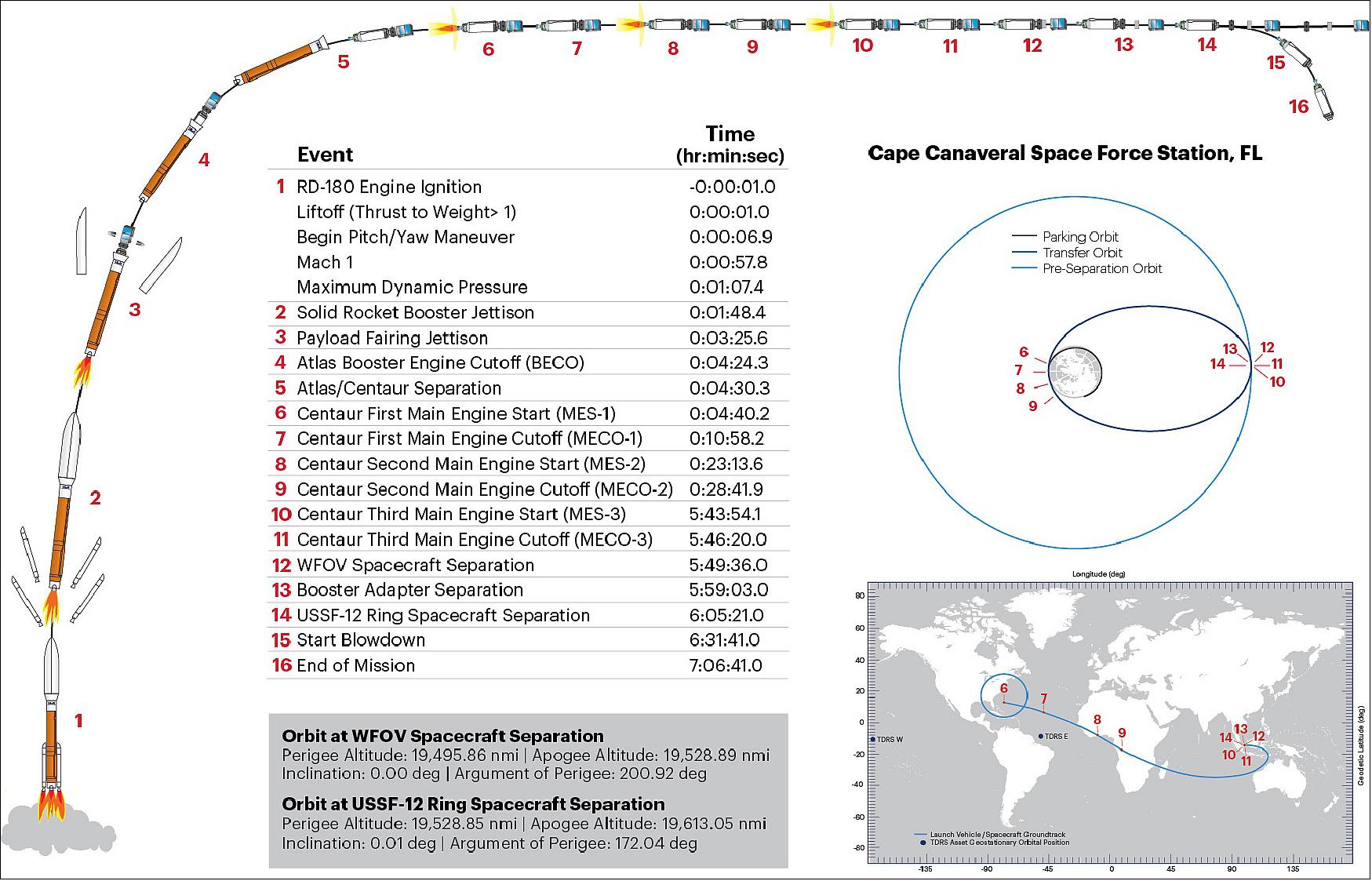
Unlike WFOV, few details about the USSF-12 Ring have been made public, other than its use of the propulsive ESPA ring developed by Northrop Grumman. The satellite will be operated by the Space Test Program, an agency under the US Department of Defense that carries out research and development of new space systems for future military applications.
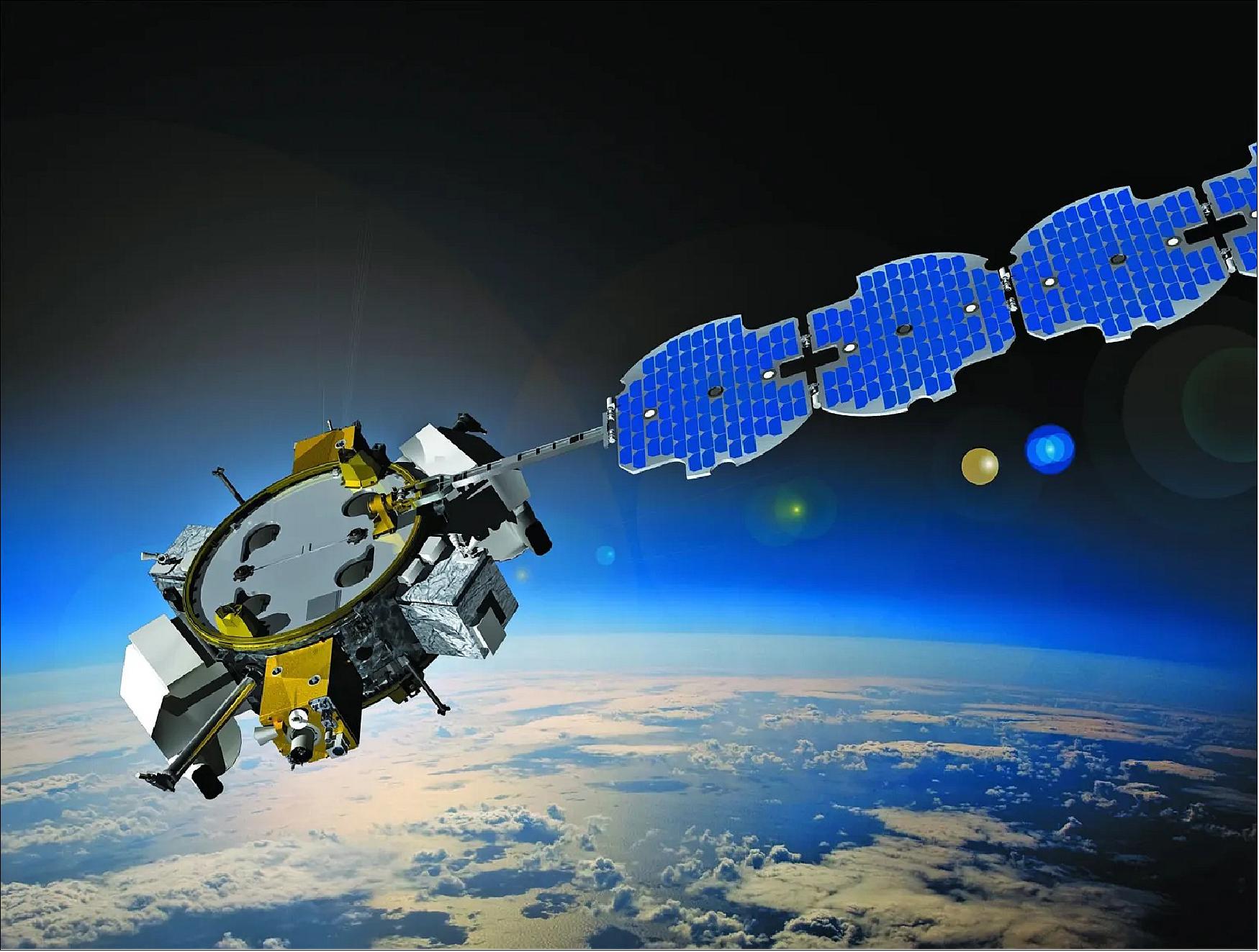
The secondary payload of the USSF-12 mission is an ESPA (EELV Secondary Payload Adapter) Star platform built by Northrop Grumman weighing 740-780 kg with room for up to six hosted or up to twelve deployable payloads. Each of the six payload slots is designed for payloads of around 320 kg (1,920 kg in total). It has a four-panel deployable solar array providing 1,200 W of power and a hydrazine based hypergolic propulsion system.
Mission Status
• The Space Systems Command in a new release confirmed both satellites on USSF-12 reached orbit six hours after liftoff, a trajectory requiring three Centaur engine burns. ULA used an in-flight power system to keep the WFOV satellite’s batteries topped off throughout the six-hour flight to geosynchronous orbit.
References
1) ”Space Systems Command plans summer launch for USSF-12,” USSF, 3 June 2022, URL: https://www.ssc.spaceforce.mil/Portals/3/USSF%2012%20Launch%20Announcement%20v4.pdf
2) ”U.S. Space Force SSC's GEO Wide Field of View Scheduled for Takeoff,” SpaceRef News, 30 June 2022, URL: http://www.spaceref.com/news/viewpr.html?pid=60604
3) William Graham, ”Atlas V launches two experimental military satellites on USSF-12 mission,” NASA Spaceflight.com, 1 July 2022, URL: https://www.nasaspaceflight.com/2022/07/atlas-v-ussf-12/
4) ”Atlas V Successfully Launches USSF-12,” ULA launch, 1 July 2022, URL: https://www.ulalaunch.com/missions/archived-launched/atlas-v-ussf-12
Spacecraft Launch Mission status References Back to Top